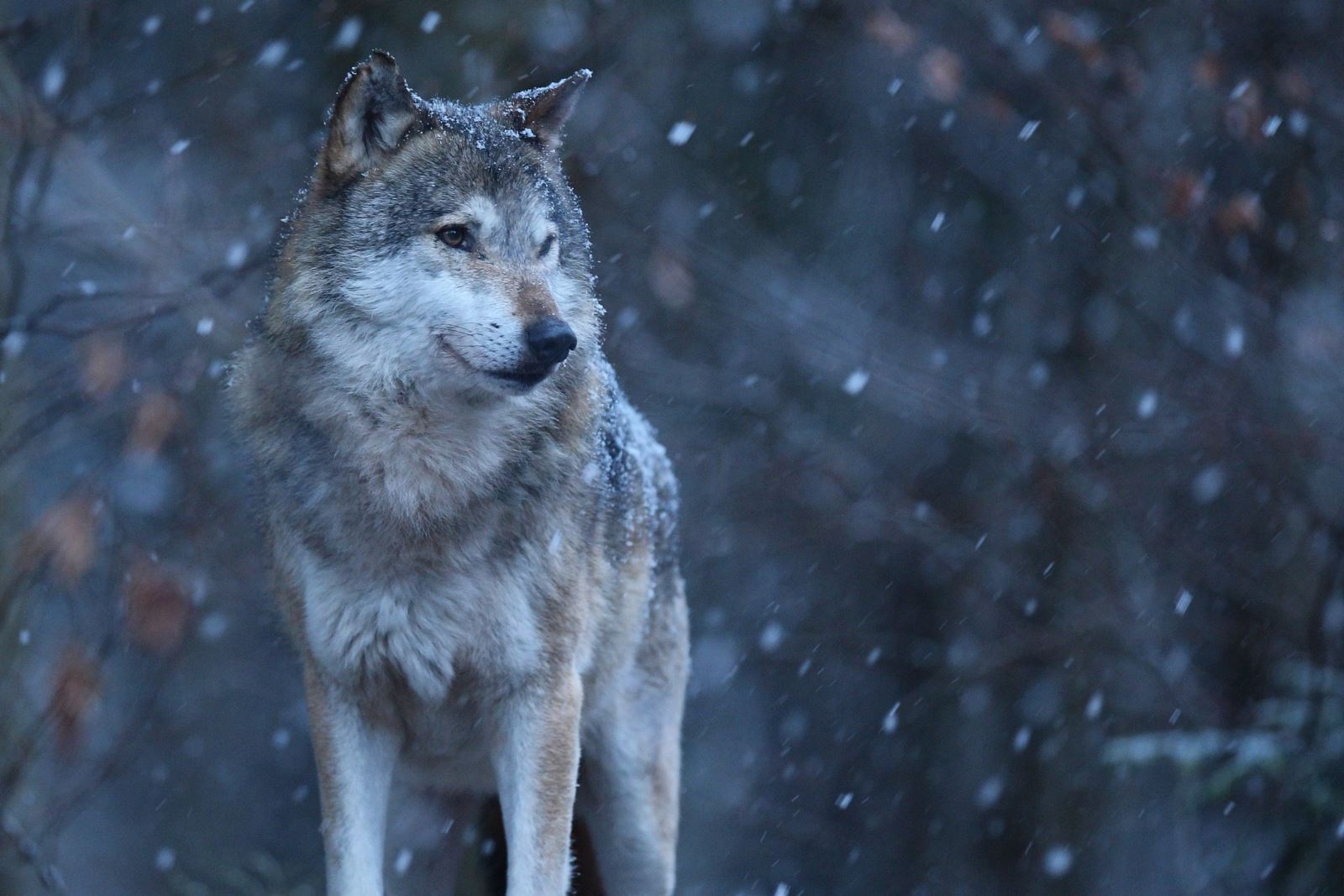Keystone species are those that help maintain the balance and survival of an ecosystem; without them, the ecosystem would drastically change, or it would completely disappear. As the name implies, these species are the keystone the ecosystem is based on; they are particularly important because, if they disappear, no other species can replace them. Keystone species are usually predators, but they might also include fungi and plants.
The term "keystone species" was first coined by American biologist Robert Paine in 1966. In one of his studies, he noticed that excluding the starfish from an aquatic ecosystem caused imbalance. In the absence of starfish, mussels and other species prevailed, and then benthic algae, which support many species, declined. One year later, it was noticed that biodiversity deteriorated in the area.
Grey wolves in Yellowstone, USA, are another example of the significant role that keystone species play. These wolves partially control the populations of elks, bisons, rabbits, and birds species in the Yellowstone ecosystem. The feeding behavior of these preys and the places they choose for their nests and holes are largely affected by the wolves behavior.

Photo by Freepik.
In the late nineteenth century, the American Government designated an area for the Yellowstone National Park, where wolves mainly fed on elks and bisons. The Government feared wolves would negatively affect these local herds, so it opted for the elimination of wolves on the State level; the last cub in Yellowstone was killed in 1924. As a result of eliminating the keystone predator at Yellowstone Park, elks reproduced in great numbers, and herds competed for food, which led to the deterioration of grass and plants growth. The overgrazing caused by elks negatively influenced other species, including fish and songbirds, since they depend on plants and their products for survival.
Additionally, the natural geography of the ecosystem was influenced by the absence of wolves and the subsequent overgrazing. The river banks eroded due to the failure of wetland plants in consolidating the soil. Also, the temperature of lakes and rivers arose due to the failure of trees and shrubs to provide shade. With the beginning of the 1990s, the American Government started to reintroduce wolves to the Yellowstone ecosystem; the outcomes were noticeable. Elks numbers shrank, willow plants grew taller, and the numbers of beavers and songbirds increased.
In addition to predators, there are other types of keystone species that are essential for their ecosystems; they are known as ecosystem engineers. These are species that construct, destruct, or maintain natural habitats; the home or environment of a given animal or plant. Ecosystem engineers create unique conditions that provide benefits to other species, such as a suitable habitat or a food source. Although the activities of some ecosystem engineers might cause damage to the environment, the vast majority of them are supportive to the survival of other species. Example of ecosystem engineers include elephants. Being herbivores that mainly feed on grasses and shrubs, they limit their growing areas to make it possible for the growth of other plants that support grazing animals, such as antelopes and zebras.
Another example of keystone predators that preserve their ecosystems is otters; they sustain the population of sea urchins that feed on seaweeds and algaes. Otters keep sea urchin numbers under control, which allows for the sustainable growth of seaweeds; as such, the system remains balanced and able to host a diverse set of marine species. Back to terrestrial settings, fire ants are key predators of arthropods that could damage agricultural crops.
.jpg)
Photo by Freepik.
It is worth mentioning that there is another interaction that is particularly important to maintaining ecological balance; namely symbiotism or mutual benefit. In this interaction, the change that occurs to a specific keystone species would not only affect other species, but also the ecosystem as a whole. In South America, there is symbiotic interaction between a species of hummingbirds and local plants. The birds pollinate the plants and the plants provide them with sugar nectar, which is the main food source of hummingbirds.
There are no species that pollinate these local plants other than these hummingbirds; so, if they are not there, the plants would be critically endangered.
In conclusion, keystone species are particularly important to sustain the structure and function of their ecosystems on the long term.
References
nationalgeographic.org
nature.com
treehugger.com
The article was first published in print in SCIplanet, Spring 2022 “Ecosystems and Life: On Land”